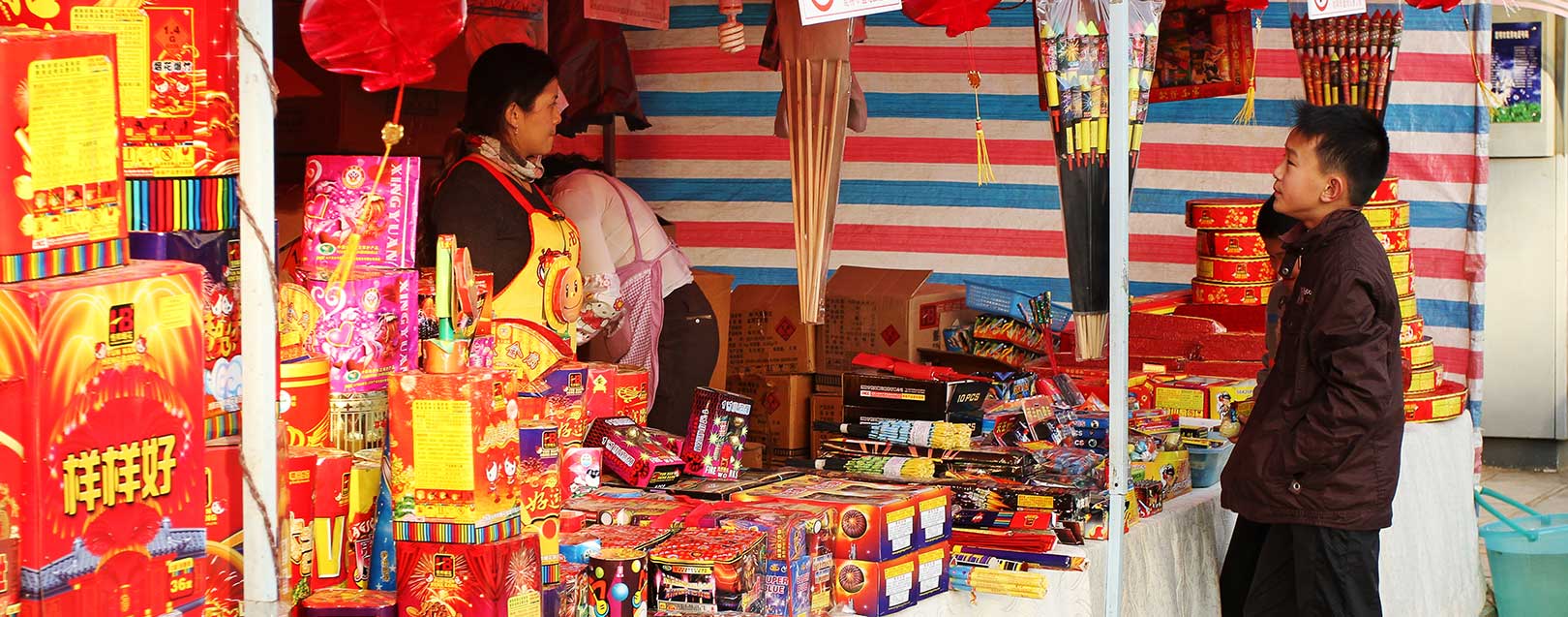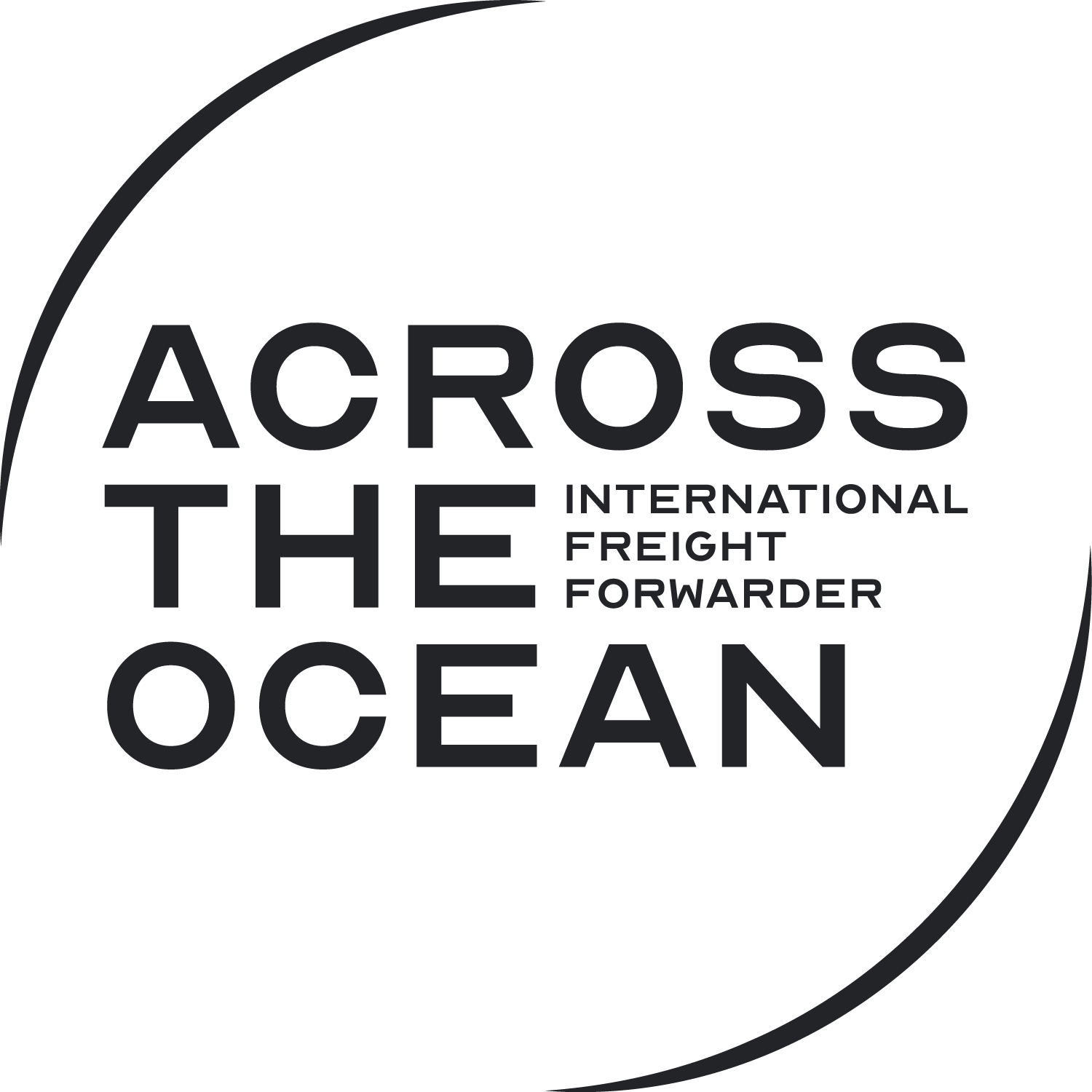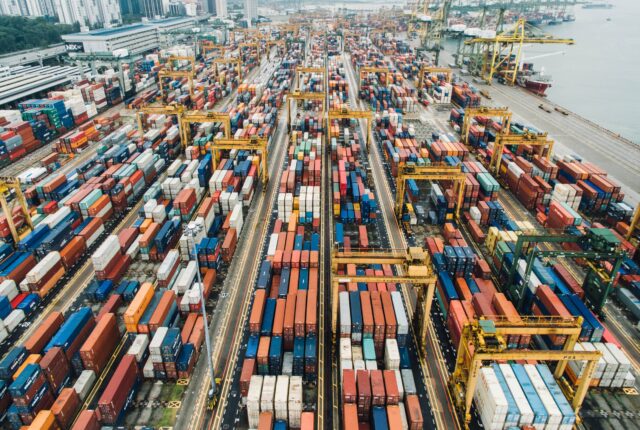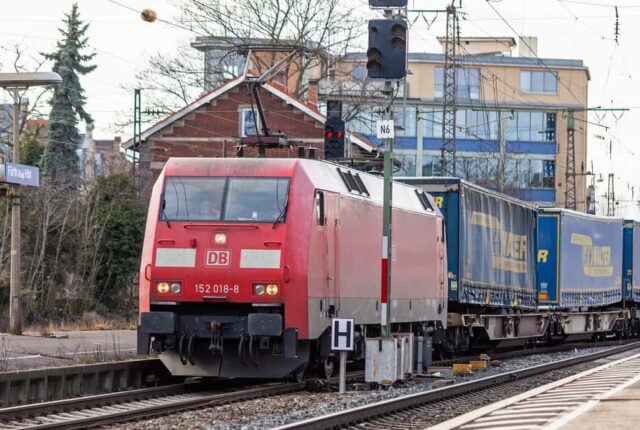
The Bubble Blasters and Other Chinese Goods Stalled by Trade Chaos
American importers cancel orders and scramble for alternatives, while Chinese factories cut staff and offload goods
Six thousand inflatable snowmen and holiday figurines are sitting in Alan Chau’s Guangdong factory with nowhere to go.
His customer, an American toy maker, planned to sell the holiday-themed products to QVC for the TV-shopping network’s “Christmas in July” programming. The TV-shopping network froze the shipment after President Trump raised tariffs on Chinese goods to 145%.
Now, Chau faces a cash crunch as new orders dry up and money to pay his workers runs low. The Hong Konger who has worked in China’s toy manufacturing industry for two decades said he’s only sleeping a few hours a night and stays glued to the news when awake, watching for any change in U.S. tariff policy. If a deal between the U.S. and China isn’t reached soon, he said, he might have to declare bankruptcy, affecting his Chinese workers and suppliers and his U.S. customers, as well as his wife and toddler son.
“This is the chain reaction,” he said. “Everyone is suffering.”
Trump’s tariffs are creating chaos for businesspeople on both sides of the Pacific who built their livelihoods on globalized supply chains for everything from toys to furniture to footwear. Treasury Secretary Scott Bessent and U.S. Trade Representative Jamieson Greer are traveling to Switzerland on Thursday to meet Beijing’s lead economic representative, potentially paving the way for broader trade talks. Beijing is considering ways to address U.S. gripes over China’s role in the fentanyl trade as a potential opening for talks. Trump has said that he wouldn’t end his China tariffs without significant concessions from Beijing.
U.S. importers have frozen or canceled billions of dollars worth of orders, potentially leaving them short-handed for the essential back-to-school or holiday sales periods. Some have paid hundreds of thousands of dollars in deposits for products that can no longer be sold for a profit.
They’re scrambling for workarounds as they try to figure out where to source affordable goods—especially items that can only be made by specialty producers and are rarely found outside China.
Chinese factories, meanwhile, are halting production lines and furloughing workers, while sidelined goods are piling up in storage. The boss of one Chinese womenswear factory is trying to unload 180,000 pieces of clothing by livestreaming a massive sales event, broadcast from in front of shipping containers at a Shenzhen port.
Dou Guowei, a 30-year-old Chinese consultant who helps local exporters sell their goods on TikTok, said many of his clients that sell cheap or custom-made goods are simply instructing shipping companies to “get rid” of goods on the voyage to the U.S. after their American customers said they didn’t want them anymore.
“Whether the goods were dumped into the sea or the sailors repossessed them, that I don’t know,” Dou said.
China is the source of 74% of the U.S.’s imported toys and games, 87% of its Christmas decorations, excluding candles, electric lighting and natural Christmas trees, and 97% of its fireworks, according to 2024 data from the International Trade Centre, an agency of the United Nations and the World Trade Organization.
Americans imported a total of $439 billion of goods from China last year, according to Census Bureau data.
For Robert Bohrer, a California-based importer of drill press vises, calipers and other industrial metalworking products from China, the chaos started soon after Trump’s “Liberation Day” on April 2, when the president put his tariff campaign into overdrive. Bohrer said he got an email from Amazon, one of his biggest customers, saying that all orders he brokered that originated from China were being canceled because Amazon didn’t want to be on the hook to pay for tariffs.
Bohrer and his business partner had been stockpiling goods since soon after Trump won last year’s election because of his pledges to lift tariffs higher. Bohrer and his partner had told their Chinese suppliers: If it’s popular, and you’ve built it already, let us know and we’ll probably order it. For orders where he would typically take 100 units, he asked for up to 500, getting so much stuff that he had to rent extra warehouse space to store it all.
Trump followed through with his threats, pushing tariffs on Chinese goods from 10% to 20%, then to 54%. At that point, Bohrer instructed his Chinese vendors to suspend all his orders. “We cannot afford to have anything ship until we know our costs,” he said. Tariffs continued to rise and eventually hit 145% on April 10—which Bohrer said was just a “throw your hands up” moment.
As his inventory dwindles, Bohrer is seeing shortages and price increases. While he and his partner used to import about one container a week, with around $100,000 worth of merchandise per container, he doesn’t have any shipments from China on the water now. On May 1, he finally had to send the email to his customers he had been hoping to avoid, telling them prices would be going up effective May 19.
He has spent the past few weeks calling up contacts and trying to order goods from places such as India and Taiwan. But many products that he imports are exclusively available in China, or are significantly more expensive elsewhere, he said.
Retailers such as Costco and Williams-Sonoma also stocked up on inventory before the tariffs went up. Many companies have paused orders, and have lowered their profit forecasts and discussed measures to cut costs in recent days.
“Our conversations with the retailers are pretty fluid,” Gina Goetter, the chief financial officer of toy maker Hasbro, told analysts on an April 24 call. “For as many curveballs that are being thrown at us, the same kind of curveballs are being thrown at them.” The maker of G.I. Joes and Nerf guns has diversified its supply chain from China in recent years but still derives about half of its U.S. toy and game volume from China.
Isaac Larian is the 71-year-old founder and chief executive of MGA Entertainment, a major supplier of toys to Walmart and Target with brands including Bratz and Little Tikes. He said the company has a manufacturing facility in Ohio and is planning to expand it, but that the process of bringing more production to the U.S. will take time.
Larian said he and his peers have reached out to the administration to voice their concerns. “Please, leave the kids alone,” he said in an interview. The toy mogul is advocating for a three-year tariff reprieve for toy companies such as MGA that manufacture in the U.S., so that they can “catch up instead of going out of business.”
On April 30, Trump addressed concerns about his trade war with China leading to potential shortages for U.S. businesses and consumers. “Maybe the children will have two dolls instead of 30 dolls,” said Trump during a cabinet meeting. “And maybe the two dolls will cost a couple of bucks more than they would normally, but we’re not talking about something that we have to go out of our way.”
Shenzhen-based King Tree Handicraft has been making artificial Christmas trees for export since 1997, sending roughly $12 million worth of trees, wreaths and garlands to the U.S. each year.
This year, however, demand from America is virtually zero, said Jessie Yuan, a company executive. When tariffs reached 20%, King Tree and some of its U.S. customers decided to split the cost, but when tariffs went higher, the deals fell apart.
“Our margins are just a few percentage points, and there is no way we can swallow the cost,” said Yuan. “Our U.S. clients are also frustrated and angry.”
Typically at this time of year, King Tree would have 500 to 600 workers—each paid around $700 to $1,100 a month and working up to 10 hours a day—making artificial trees. Now, only about 100 workers remain to handle orders from Europe, said Yuan.
If trade tensions ease and customers manage to place orders by June, it’s still possible for King Tree workers to work overtime, rush out products, and deliver them to the U.S. in time for Christmas. But if the orders come later, “there will be no Christmas in the U.S. this year,” she said.
Other manufacturers, stuck with inventory completed before tariffs went higher, are simply trying to dump it. Ma Linhai, the founder of Dongguan Bolin Clothing, appears nightly on the Chinese short-video app Douyin. He stands in front of a dozen shipping containers at the Port of Shenzhen, holding up and describing items of clothing one by one, next to a banner that reads: “Women’s clothing for export now stranded; 80% off clearance sale.”
On the evening of April 25, a storm engulfed the port during his daily sales event. His makeshift umbrella tent collapsed on camera in the middle of the session, but Ma and his colleagues continued to broadcast for more than two hours.
“Everybody’s pretty much trying to move out of China ASAP,” said Jim Kennemer, who runs a sourcing company, Cosmo Sourcing, in Madison, Wis., that helps American companies find producers in Asia.
Typically, he gets about 200 new inquiries a month. Now, he’s getting around that many a week as people desperately seek new options, he said.
But many are finding that non-Chinese factories are overwhelmed, or otherwise unable to handle their orders. One company working with Kennemer is trying to move from China to Vietnam to make camouflage shirts and hats, but many of the Vietnamese factories approached by Cosmo Sourcing said they can’t produce the intricate details of the camouflage design.
Among the Americans looking for solutions outside of China is Reid Smoot, a distant relative of the late Sen. Reed Smoot of Utah, who co-sponsored the Smoot-Hawley Tariff Act of 1930 that set off the last global trade war. Given his family history, he said, “I have good reason to believe I know where this protectionism will lead us.”
Before the tariffs, he used to get about 40% of the dental products he imports to the U.S. from China. But like other U.S. importers, Smoot, whose company is based in Utah, has put his China orders on hold.
He quickly got on a plane to Vietnam hunting for alternative suppliers. Some products can be made elsewhere, he said, but finding new sources for goods such as specialty toothbrushes and floss has been hard.
Some products are best and most cheaply sourced from China, where many counties and cities specialize in particular categories—such as fireworks—and authorities have supported the development of exporters with policies and infrastructure.
“In China, you have an entire ecosystem, from the factories, the suppliers of raw materials, the employees, infrastructure such as trains and ports all within that same region,” said Alex Armas, a Puerto Rico-based importer and manufacturer’s representative who sources seasonal decorations for U.S. and Latin American clients. He said he had seven containers-worth of orders canceled by U.S. buyers in a single day.
“People say, look for other places. I have been looking for other alternatives too for several years,” he said. Shifting to other countries takes time, and finding alternatives for some products is difficult.
George Balanchi knows all of that well. As a college student in the early 2000s, he helped his father develop a magnetic construction toy. On Yahoo, he found a Chinese factory that was able to produce the toys for a quarter the price that it cost to make them in the U.S. He started a company called Mindscope Products, and soon was also selling remote-control stunt cars and other toys to QVC.
Around 2021, he started working with Chau to make products such as the inflatable snowmen that are now in limbo.
Chau had worked for years as a factory engineer before starting his own toy manufacturer, called GSNMC, and pairing up with Balanchi and other U.S. partners to create what Balanchi called a “dream team,” making products for American retailers in “crazy record time.”
But once Trump’s China tariffs reached 54%, Balanchi had to freeze everything, not just with Chau, but also with other Chinese suppliers. He estimated that he has lost about $1 million worth of new business as customers such as QVC stop placing orders. He figured he’ll also likely lose much of the roughly $500,000 in deposits he has paid to his Chinese suppliers, including Chau.
He said he would love to make his products elsewhere and even looked into moving production to Mexico a couple of years ago. But the quoted price was four times the cost of producing in China.
“My world, and everyone in my industry, whoever’s moving product, everyone’s world has been just halted,” Balanchi said.
Chau, who had around $3 million in revenue last year, almost entirely from U.S. customers, said he currently only has about 15% of the orders he would normally have at this time of the year. At peak times, he has about 200 factory workers, but now he only has around 20.
Although he has collected deposits of between 30%-50% for the price of products in limbo, such as pumpkin decorations Balanchi also ordered, that isn’t enough to cover his costs, which include materials and worker salaries.
Balanchi last week wired Chau the remaining balance for the inflatable snowmen and figurines, just to maintain the business relationship, even though Balanchi himself hasn’t been paid by QVC. Balanchi and Chau are working to move some production to Bangladesh to avoid the tariffs on Chinese goods.
Chau said his workers are still producing the 30,000 or so pumpkin decorations. But he has asked his staff to go slowly. After all, no new orders are coming in, he said.
Trade chaos has left products like bubble blasters and other Chinese goods stalled in transit, disrupting global freight flows. These delays highlight the growing challenges faced by global supply chains amid shifting trade policies and tariff uncertainties.
Source: Article






